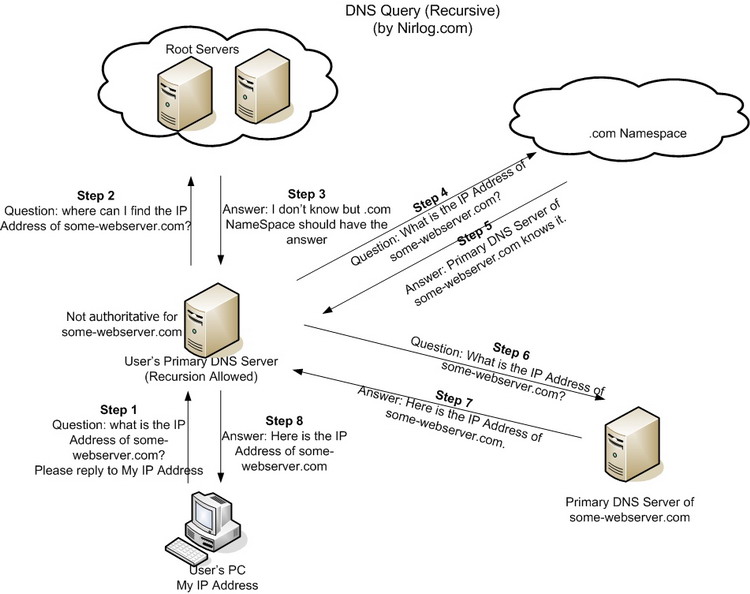Domain name vs Server name
When it comes to building a website, two key components that often get confused are domain names and server names. While they both play crucial roles in the functionality of a website, they serve different purposes. In this article, we will explore the differences between domain names and server names, and how they work together to make your website accessible on the internet.
Domain Name
A domain name is the human-readable address that people use to access your website on the internet. It is what users type into their web browsers to visit your site. For example, google.com is a domain name. Domain names are like the street addresses of the internet, providing a way for users to easily locate and identify websites.
Domain names are made up of two main components: the top-level domain (TLD) and the second-level domain. The TLD is the extension at the end of the domain name, such as .com, .org, or .net. The second-level domain is the unique name that you choose for your website, such as google or facebook.
When you register a domain name, you are essentially purchasing the rights to use that specific name on the internet. Domain names are managed by domain registrars, who assign unique IP addresses to each domain name. These IP addresses point to the server where your website is hosted, allowing users to access your site.
Server Name
On the other hand, a server name is the technical address of the server where your website is hosted. It is a series of numbers that identify a specific computer on the internet. When users type in a domain name, their request is sent to the server associated with that domain name, which then retrieves and displays the website content.
Servers store and deliver website files, databases, and other resources to users who request them. They are responsible for processing user requests, executing scripts, and generating dynamic content on websites. Without a server, your website would not be able to function or be accessible to users.
How Domain Names and Server Names Work Together
Domain names and server names work together to make websites accessible on the internet. When a user types in a domain name, the request is sent to a domain name server (DNS), which translates the domain name into an IP address. This IP address then points to the server where the website is hosted, allowing users to access the site.
Think of domain names as the friendly faces of websites, while server names are the technical brains behind the scenes. Both are essential for the functioning of a website and are interconnected in the process of serving website content to users.
Conclusion
In summary, domain names and server names are integral parts of the web hosting process. While domain names provide users with an easy way to access websites, server names ensure that websites are properly stored and delivered to users. Understanding the differences between these two components can help you navigate the world of web hosting more effectively and make informed decisions when building your website.
Next time you visit a website, take a moment to appreciate the seamless interaction between domain names and server names that make it all possible. It’s a behind-the-scenes dance that ensures you can access your favorite websites with just a click of a button!
